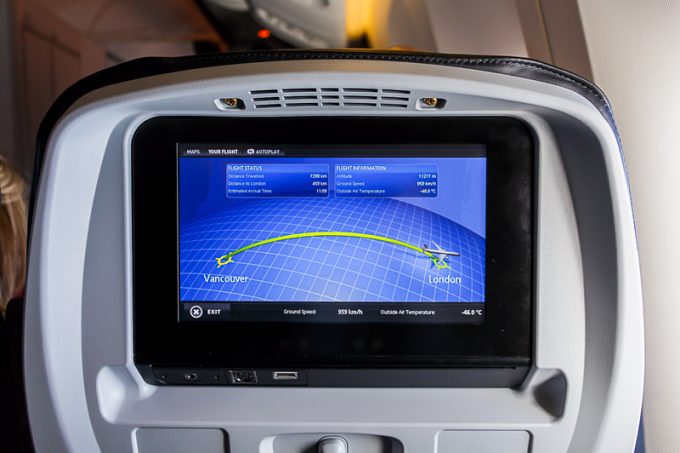Ocean rates rise after tariff pause acts as 'starting gun' for more front-loading
General rate increases (GRIs) give a “clear indication of ocean carrier intentions”, and raise alarm ...

The start of May has seen a softening of the air freight market – with customers on long-term contracts paying more than the spot rate, as belly bounces back.
For the first time post-pandemic, since the end of March capacity over the transatlantic is higher than pre-pandemic levels.
This extra capacity has led to the lowest dynamic load factors since the first half of January on western Europe to North America, albeit that it rose from 63% to 67% in the last ...
MSC Elsa 3 sinking – now the 'blame game' begins
After DSV 'cuts the cake' on Schenker acquisition, time for redundancies?
Congestion fear as US west coast ports brace for transpacific cargo surge
Bad news for shippers as wave of transpacific rate increases continues
Houthis claim Red Sea safe for box ships not calling at port of Haifa
Shippers hold their breath as Trump appeals court ruling that tariffs are illegal
No deals with carriers, say Houthis – Red Sea safe for non Israel-affiliated ships
Schenker's Shirley Sharma Paterson moves to K+N as global head of sales

Comment on this article